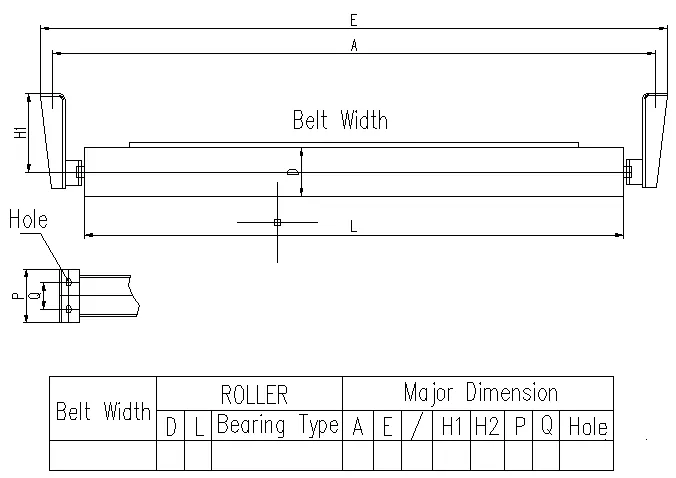 Afrikaans
Afrikaans  Albanian
Albanian  Amharic
Amharic  Arabic
Arabic  Armenian
Armenian  Azerbaijani
Azerbaijani  Basque
Basque  Belarusian
Belarusian  Bengali
Bengali  Bosnian
Bosnian  Bulgarian
Bulgarian  Catalan
Catalan  Cebuano
Cebuano  Corsican
Corsican  Croatian
Croatian  Czech
Czech  Danish
Danish  Dutch
Dutch  English
English  Esperanto
Esperanto  Estonian
Estonian  Finnish
Finnish  French
French  Frisian
Frisian  Galician
Galician  Georgian
Georgian  German
German  Greek
Greek  Gujarati
Gujarati  Haitian Creole
Haitian Creole  hausa
hausa  hawaiian
hawaiian  Hebrew
Hebrew  Hindi
Hindi  Miao
Miao  Hungarian
Hungarian  Icelandic
Icelandic  igbo
igbo  Indonesian
Indonesian  irish
irish  Italian
Italian  Japanese
Japanese  Javanese
Javanese  Kannada
Kannada  kazakh
kazakh  Khmer
Khmer  Rwandese
Rwandese  Korean
Korean  Kurdish
Kurdish  Kyrgyz
Kyrgyz  Lao
Lao  Latin
Latin  Latvian
Latvian  Lithuanian
Lithuanian  Luxembourgish
Luxembourgish  Macedonian
Macedonian  Malgashi
Malgashi  Malay
Malay  Malayalam
Malayalam  Maltese
Maltese  Maori
Maori  Marathi
Marathi  Mongolian
Mongolian  Myanmar
Myanmar  Nepali
Nepali  Norwegian
Norwegian  Norwegian
Norwegian  Occitan
Occitan  Pashto
Pashto  Persian
Persian  Polish
Polish  Portuguese
Portuguese  Punjabi
Punjabi  Romanian
Romanian  Russian
Russian  Samoan
Samoan  Scottish Gaelic
Scottish Gaelic  Serbian
Serbian  Sesotho
Sesotho  Shona
Shona  Sindhi
Sindhi  Sinhala
Sinhala  Slovak
Slovak  Slovenian
Slovenian  Somali
Somali  Spanish
Spanish  Sundanese
Sundanese  Swahili
Swahili  Swedish
Swedish  Tagalog
Tagalog  Tajik
Tajik  Tamil
Tamil  Tatar
Tatar  Telugu
Telugu  Thai
Thai  Turkish
Turkish  Turkmen
Turkmen  Ukrainian
Ukrainian  Urdu
Urdu  Uighur
Uighur  Uzbek
Uzbek  Vietnamese
Vietnamese  Welsh
Welsh  Bantu
Bantu  Yiddish
Yiddish  Yoruba
Yoruba  Zulu
Zulu picking idler
Understanding the Importance of Picking Idlers in Conveyor Systems
In modern logistics and manufacturing, conveyor systems play a crucial role in facilitating the smooth movement of materials. Among the various components that comprise these systems, picking idlers are often overlooked but are vital for optimizing operational efficiency. Picking idlers are specifically designed rollers that support the movement of products on conveyor lines, particularly in picking operations where items need to be easily accessed and sorted by workers or automated systems.
The primary function of picking idlers is to reduce friction and facilitate smooth movement, ensuring that items are transported swiftly and safely. They are strategically positioned along the conveyor belt to support the weight of the items being moved, preventing them from sagging or becoming misaligned. This is especially important in warehouses where workers frequently pick items from the conveyor for packing or sorting, as improper alignment can lead to delays and increased risk of accidents.
One of the key advantages of using picking idlers is their ability to adapt to various types of materials and products. Whether dealing with lightweight boxes or heavier pallets, picking idlers can be custom-designed to handle different weights and dimensions. This versatility not only enhances the overall functionality of the conveyor system but also extends its lifespan by minimizing wear and tear.
picking idler

Furthermore, picking idlers contribute to ergonomic efficiency in picking operations. When items are positioned at the optimal height and angle, workers can reach them comfortably without straining, which significantly reduces the likelihood of workplace injuries. Properly designed picking idlers can thus improve the workflow and productivity of warehouse staff, leading to increased operational efficiency.
Maintenance is another crucial aspect of picking idlers. Regular inspection and maintenance can prevent malfunctions that might result from debris accumulation or wear on the rollers. A solid maintenance plan ensures that picking idlers remain in optimal condition, ultimately preventing costly downtime and loss of productivity.
Incorporating advanced technologies into the design of picking idlers is also on the rise. Smart sensors can be integrated into the idler system to monitor the movement of items, providing real-time data that helps in optimizing pick rates and identifying potential bottlenecks. This level of automation and monitoring allows businesses to have better control over their logistics operations.
In conclusion, picking idlers are essential components of conveyor systems that enhance both efficiency and safety in picking operations. Their role in smoothing the transportation of products, promoting ergonomic practices, and supporting maintenance efforts cannot be overstated. As industries continue to evolve, the importance of investing in high-quality picking idlers will only grow, ensuring that businesses can meet the demands of modern logistics while maintaining optimal productivity levels.
-
Revolutionizing Conveyor Reliability with Advanced Rubber Lagging PulleysNewsJul.22,2025
-
Powering Precision and Durability with Expert Manufacturers of Conveyor ComponentsNewsJul.22,2025
-
Optimizing Conveyor Systems with Advanced Conveyor AccessoriesNewsJul.22,2025
-
Maximize Conveyor Efficiency with Quality Conveyor Idler PulleysNewsJul.22,2025
-
Future-Proof Your Conveyor System with High-Performance Polyurethane RollerNewsJul.22,2025
-
Driving Efficiency Forward with Quality Idlers and RollersNewsJul.22,2025





























